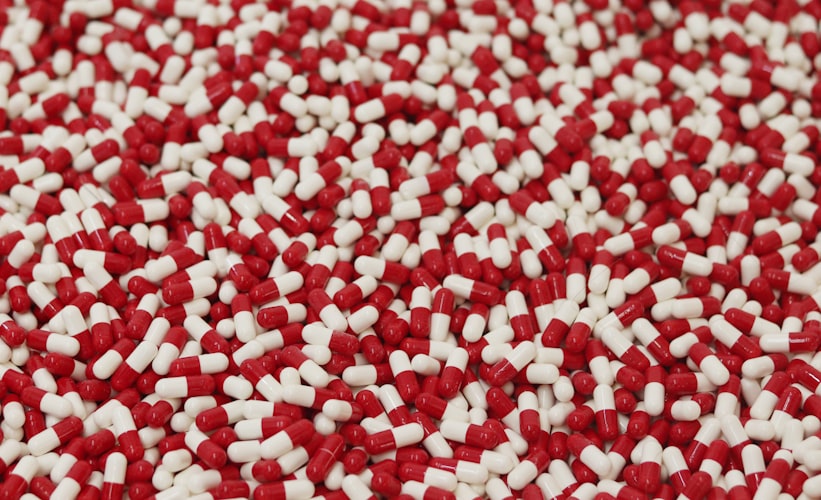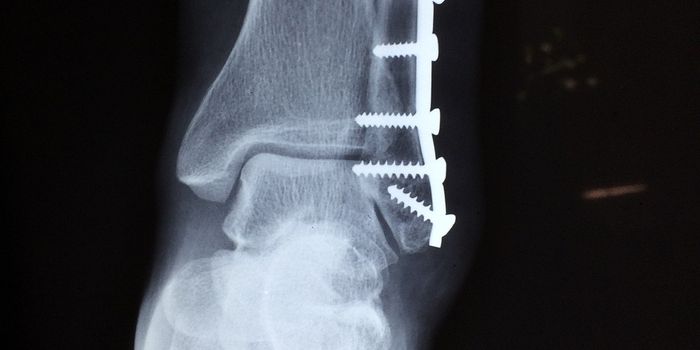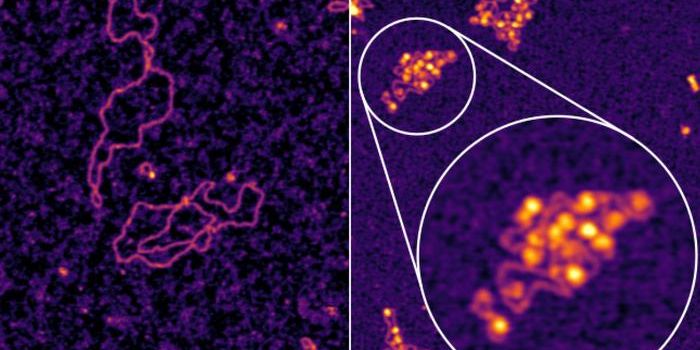Drug Combo Targets Osteoarthritis
Individuals suffering from osteoarthritis often face challenges of limited treatment options mainly pain relievers or joint replacement surgery. However, scientists using rat models have recently discovered a powerful drug combination that can reverse the cellular and molecular signs of osteoarthritis. The effects of these drugs were also demonstrated in isolated human cartilage cells.
Findings were published in the journal Protein & Cell.
"What's really exciting is that this is potentially a therapy that can be translated to the clinic quite easily," says Juan Carlos Izpisua Belmonte, lead author and a professor in Salk's Gene Expression Laboratory. "We are excited to continue refining this promising combination therapy for human use."
Osteoarthritis is caused by changes in the bone and cartilage cells and is the most common joint disorder and currently affects 30 million adults—it is expected that the disease will rise as a result of the aging population and the increasing rate of obesity. Aging and repeated stress can cause molecules and genes in the cells of articular cartilage to eventually breakdown leading to pain and stiffness.
Learn more about osteoarthritis:
Old studies have confirmed two major drugs that can treat osteoarthritis--alpha-KLOTHO and TGF beta receptor 2 (TGFβR2). These drugs support the growth and strength of articular cartilage cells when worked together as opposed to used alone in treatment. When add as therapeutic combo, they are most effective.
"We thought that by mixing these two molecules that work in different ways, maybe we could make something better," says Paloma Martinez-Redondo, a Salk postdoctoral fellow and co-first author of the new study.
The rats used in the study carried viral particles that enclosed DNA instructions for making αKLOTHO and TGFβR2.
"From the very first time we tested this drug combination on just a few animals, we saw a huge improvement," says Isabel Guillen-Guillen, the paper's co-first author. "We kept checking more animals and seeing the same encouraging results."
In the cartilage cells, experiments confirmed 136 genes that were more active and 18 genes that were less active.
"That's not the same as showing how these drugs affect the knee joint in humans, but we think it's a good sign that this could potentially work for patients," says Martinez-Redondo.
"We think that this could be a viable treatment for osteoarthritis in humans," says Pedro Guillen, director of the Clinica CEMTRO and co-corresponding author.
Source: Science Daily










